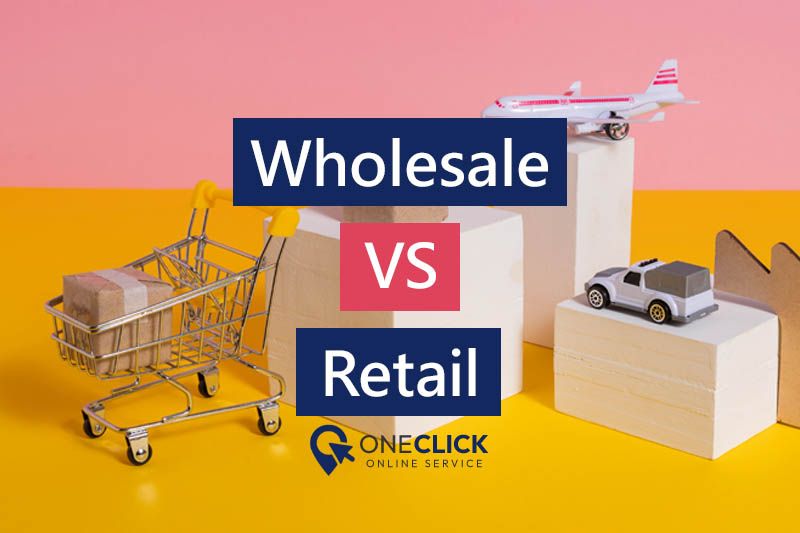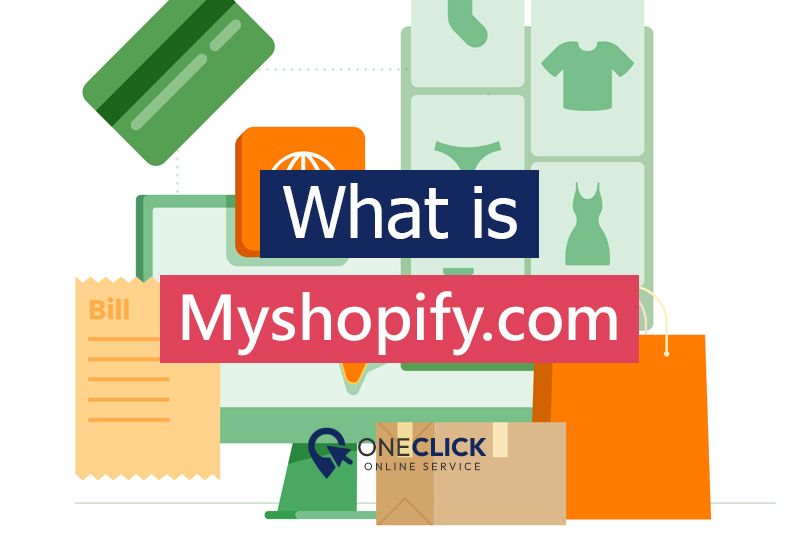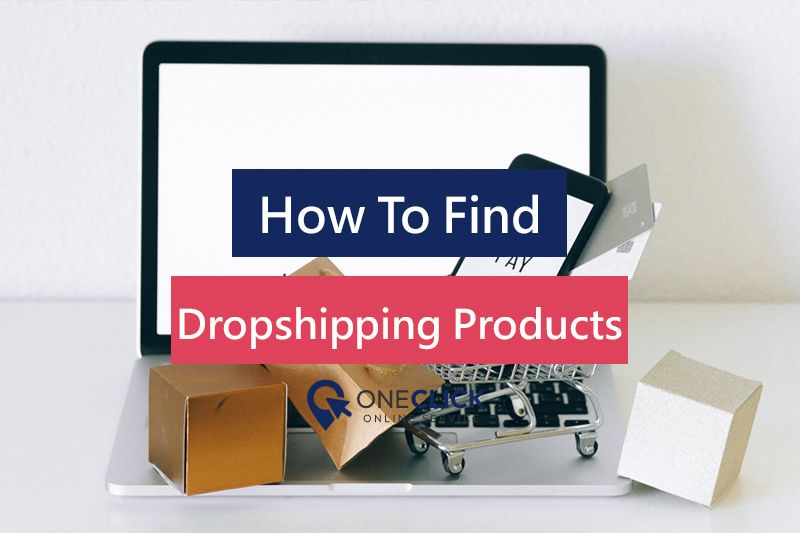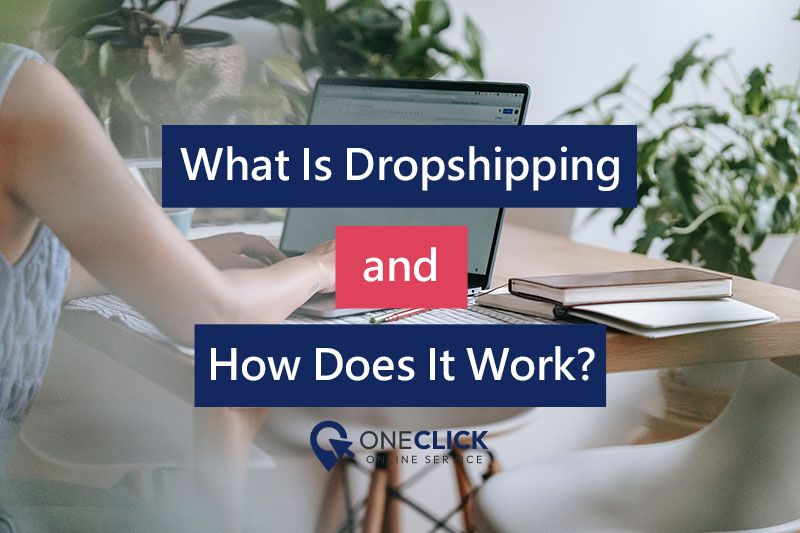The Ultimate Guide to Dropshipping Shipping Costs in 2024
Dropshipping Shipping Cost
Dropshipping is a business model that allows entrepreneurs to sell products without holding inventory. While it offers low overhead costs and flexibility, shipping costs are a critical component that can make or break your success.
In 2024, shipping costs have become a focal point for dropshippers due to evolving trends. Rising global shipping rates, ongoing supply chain disruptions, and heightened customer expectations for fast and affordable delivery have created new challenges for dropshipping businesses. As competition increases, understanding how to manage and optimize shipping costs is no longer optional—it’s a necessity for staying profitable and retaining customers.
This guide will help you navigate these challenges and turn shipping costs from a potential obstacle into a competitive advantage.
Why Shipping Costs Matter in Dropshipping
In dropshipping, shipping costs are one of the most significant expenses that can directly impact your business’s profitability. These costs affect your overall pricing, profit margins, and even customer satisfaction. If you don’t account for shipping costs accurately, you could end up losing money or losing customers. When you're running a dropshipping business, the key is to balance offering competitive pricing while ensuring you're not undercharging for shipping. This becomes even more important as your business scales. If your shipping fees are too high, customers may abandon their cart. If they’re too low, you may eat into your profits. That’s why understanding your shipping costs and managing them wisely is critical. For a detailed strategy on how to optimize your charges for better profitability, check out our guide on dropshipping pricing strategy.
Who Pays for Shipping Costs in Dropshipping Business
In dropshipping, the responsibility for shipping costs can vary depending on how you structure your business model. Generally, there are three main approaches:
1. The Customer Pays for Shipping:
This is the most common method, where you add shipping costs to the total price at checkout. It’s transparent, as the customer knows exactly how much they are paying.
Let's understand this better with an example.
Case Study: "E-Commerce Store Selling Fitness Gear"
Scenario: You run an online store selling fitness gear. You source your products from various dropshipping suppliers, and your primary market is in the U.S. After evaluating the shipping costs and product margins, you decide to pass the shipping cost directly onto your customers.
Details: The fitness gear you sell costs $20 per unit, and the average shipping fee is $5 for domestic orders. You charge customers $5 for shipping at checkout, ensuring they are aware of the cost upfront. The product price is set at $25, which includes the shipping charge.
Outcome: By choosing this approach, you maintain your profit margins without increasing the product prices too much. The transparent pricing model makes customers aware of the shipping cost upfront, preventing any surprises. This helps your store maintain a healthy balance between competitive pricing and customer expectations, and there's no need to absorb the shipping fee, ensuring your business remains profitable.
Key Takeaway: Passing the shipping cost directly to the customer can be a straightforward approach that ensures you don’t lose profit. It works well when the shipping cost is reasonable, and transparency is key to customer satisfaction.
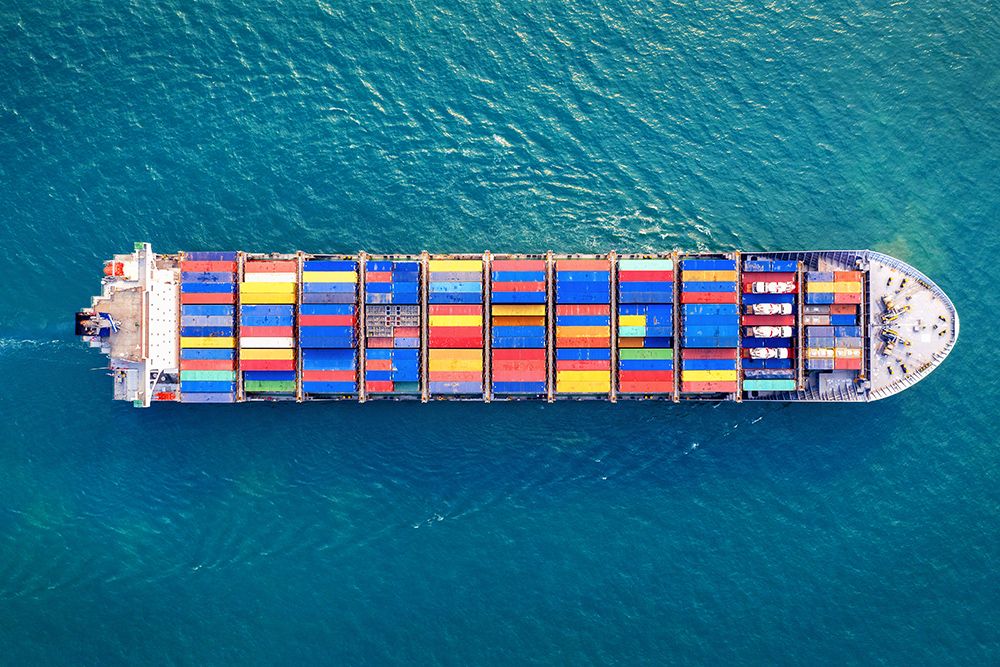
2. You Cover the Shipping Costs:
Some dropshippers choose to offer "free shipping" as a marketing strategy. This often means the seller absorbs the cost of shipping, and the price of the product is adjusted accordingly.
Let's understand this better with an example.
Case Study: "Online Fashion Boutique with Free Shipping Promotion"
Scenario: You own an online boutique that sells trendy clothing. To attract more customers and increase sales, you decide to run a "Free Shipping" promotion for all orders over $50. Your average product price is around $35, and shipping fees range from $5 to $10 depending on the order size and delivery location.
Details: Your average shipping cost is $7 per order. You decide to absorb the shipping cost by slightly increasing the product prices, raising the price of the items from $35 to $39. You implement the "Free Shipping on Orders Over $50" offer to incentivize larger purchases.
Outcome: As a result of the free shipping offer, you see a 25% increase in average order value. Your customers are happy with the free shipping offer, and you've managed to absorb the shipping costs within the product price increase. Even though you're covering the shipping costs, the increased sales volume compensates for the additional cost, allowing you to maintain profitability while keeping customers happy.
Key Takeaway: Covering shipping costs can be an attractive marketing strategy, especially if you can increase the product price slightly without losing customers. Offering free shipping encourages higher purchase volumes, which can offset the shipping costs.
3. Split the Cost:
In some cases, you can partially share the shipping cost with the customer. For example, you might offer free shipping for orders over a certain amount and charge a small fee for smaller orders.
Let's understand this better with an example.
Case Study: "Tech Gadgets Store with Partial Shipping Fee"
Scenario: You run an online store specializing in high-end tech gadgets. You want to offer an affordable and flexible shipping option that appeals to a wide range of customers. You decide to split the shipping cost with your customers by offering a flat-rate shipping fee, which is lower than the actual cost of shipping.
Details: The average shipping cost for your tech gadgets is around $10 per item. Instead of charging customers the full $10, you opt to charge them only $5 and cover the remaining $5 yourself. You also provide free shipping for orders over $100.
Outcome: By splitting the shipping cost, you manage to keep the shipping price competitive, which helps increase conversions, especially for customers hesitant about the total cost at checkout. You don’t have to raise your product prices to cover the shipping fee, and customers appreciate the transparent, low-cost shipping option. The offer of free shipping for orders over $100 also increases the average order value, which compensates for the shipping cost split.
Key Takeaway: Splitting the cost between you and the customer is a good middle ground. It reduces the barrier of high shipping fees while still allowing you to cover part of the expense, leading to higher conversion rates and customer satisfaction.
The key to deciding who should pay is understanding your customer’s expectations, as well as your profit margins. Offering free shipping may increase conversions but could reduce your profits unless you adjust your prices accordingly. If you're struggling with this balance, our team at Oneclick Online Service specializes in dropshipping solutions and supplier work from China to help streamline your shipping and sourcing processes.
How to Calculate Shipping Costs for Your Dropshipping Business
Calculating shipping costs in dropshipping can feel like a complicated task, but it doesn’t have to be. The key is to understand the various factors that influence shipping rates and use the right tools to make calculations easier. Here are the main factors that affect your shipping costs:
- Weight and Size of the Product: Heavier and bulkier items cost more to ship. Always include the product and packaging weight.
- Shipping Destination: Domestic shipping is cheaper than international shipping. Shipping to remote locations can incur additional charges.
- Shipping Speed: The faster the delivery, the higher the cost. Expedited services like 2-day or overnight shipping can quickly add up.
- Carrier: Different carriers (UPS, DHL, FedEx) have varying rates, so compare options to get the best deal for your business.
Below is a table comparing the typical shipping costs for three countries: United States, Germany, and Australia. This assumes a typical lightweight product (e.g., small gadgets or apparel) shipped from China via common carriers like DHL, UPS, or China Post.
| Shipping Destination | Shipping Cost (Standard) for a Lightweight Product | Shipping Method | Shipping Time (Estimated) | Notes |
|---|---|---|---|---|
| United States | $8 - $15 USD | Air Mail / Economy | 7 - 14 days | Generally competitive shipping rates due to efficient logistics networks. Shipping times can be reliable, and bulk orders may lower costs. |
| Germany | $10 - $20 USD | Air Mail / Economy | 7 - 14 days | Shipping costs are moderate, but customs can cause delays. Customs duties and VAT may apply for certain products, increasing total cost. |
| Australia | $12 - $22 USD | Air Mail / Economy | 10 - 18 days | Higher shipping costs due to geographic distance; customs can also cause delays. Import duties and taxes may apply, adding to the total cost. |
Key Differences in Shipping Costs:
- United States: The most affordable and efficient shipping option among the three due to strong international trade relationships and logistics networks. It also benefits from numerous shipping options that keep costs competitive.
- Germany: Slightly higher costs than the U.S. due to the logistics infrastructure in Europe and the customs procedures that may apply. VAT and import duties can increase costs on certain products.
- Australia: Tends to have the highest shipping costs due to the geographical distance from key shipping hubs like China. Additionally, customs clearance and duties are typically higher, making the total shipping cost for customers more expensive.
Additional Notes:
- Shipping Methods: The rates shown here are for standard economy shipping, which is the most commonly used method for dropshipping businesses. Expedited shipping will typically cost more but can speed up delivery.
- Customs and Taxes: Each country may have different rules regarding customs duties, VAT, or other taxes that may not be included in the shipping cost itself. Be sure to account for these in your pricing strategy to avoid any surprises for your customers.
- Shipping Times: Times provided are for standard shipping. Expedited options can deliver faster but may significantly increase the overall shipping cost.
By understanding these differences, you can make more informed decisions about how to price your products and what shipping strategies to offer your customers in each country. To calculate shipping costs, you can use tools like shipping calculators provided by the carriers themselves (such as DHL or UPS) or platforms like Shopify that integrate real-time shipping rates at checkout.
Best Ways to Cover the Shipping Cost When Dropshipping
Covering shipping costs in dropshipping can be challenging, but there are several strategies you can implement to make it more manageable:
- Raise Product Prices: If you’re offering "free shipping," consider raising your product prices to absorb the cost. The key is to find a price point that doesn’t scare off customers but still covers your shipping expenses.
- Offer Free Shipping with Minimum Order Value: Encourage higher sales by offering free shipping for orders over a certain amount. This not only helps cover the cost but also increases the average order value.
- Use Flat-Rate Shipping: Charge a standard, flat rate for shipping. While this may not be perfect for every customer, it simplifies the process and can sometimes help you predict and control costs more easily.
- Negotiate with Suppliers or Carriers: As your business grows, you may be able to negotiate better shipping rates with your suppliers or carriers. This is especially important if you handle large volumes of orders. By integrating these strategies, you can help offset the cost of shipping and improve your profit margins.
Conclusion
Shipping costs are an essential part of your dropshipping business. How you calculate them and how you cover them can determine the success of your eCommerce venture. By being strategic with your shipping costs, using the right tools, and experimenting with different methods like free shipping or minimum order values, you can keep your business profitable and your customers happy.
If you're looking for more information or need help navigating the complexities of shipping in your dropshipping business, reach out to Oneclick Online Service.
We specialize in dropshipping and supplier work from China, ensuring you get the best deals and the most efficient shipping solutions.
FAQ about Dropshipping Shipping Cost:
1. How can I reduce shipping costs for my dropshipping business?
Reducing shipping costs in dropshipping can be achieved by selecting reliable suppliers with competitive shipping rates, utilizing bulk shipping discounts, and offering flat-rate or free shipping promotions to increase average order value.
2. Who is responsible for paying shipping costs in a dropshipping business?
In dropshipping, shipping costs can be covered by either the customer or the business. Many dropshippers pass the shipping cost onto customers by adding it to the product price, while others may absorb the cost as part of promotional strategies or to boost sales.
3. How do I calculate shipping costs for international dropshipping?
To calculate shipping costs for international dropshipping, consider factors such as the weight and size of the product, destination country, shipping method, and any customs duties or taxes. Using shipping calculators from carriers like DHL or UPS can help you estimate the cost accurately.




